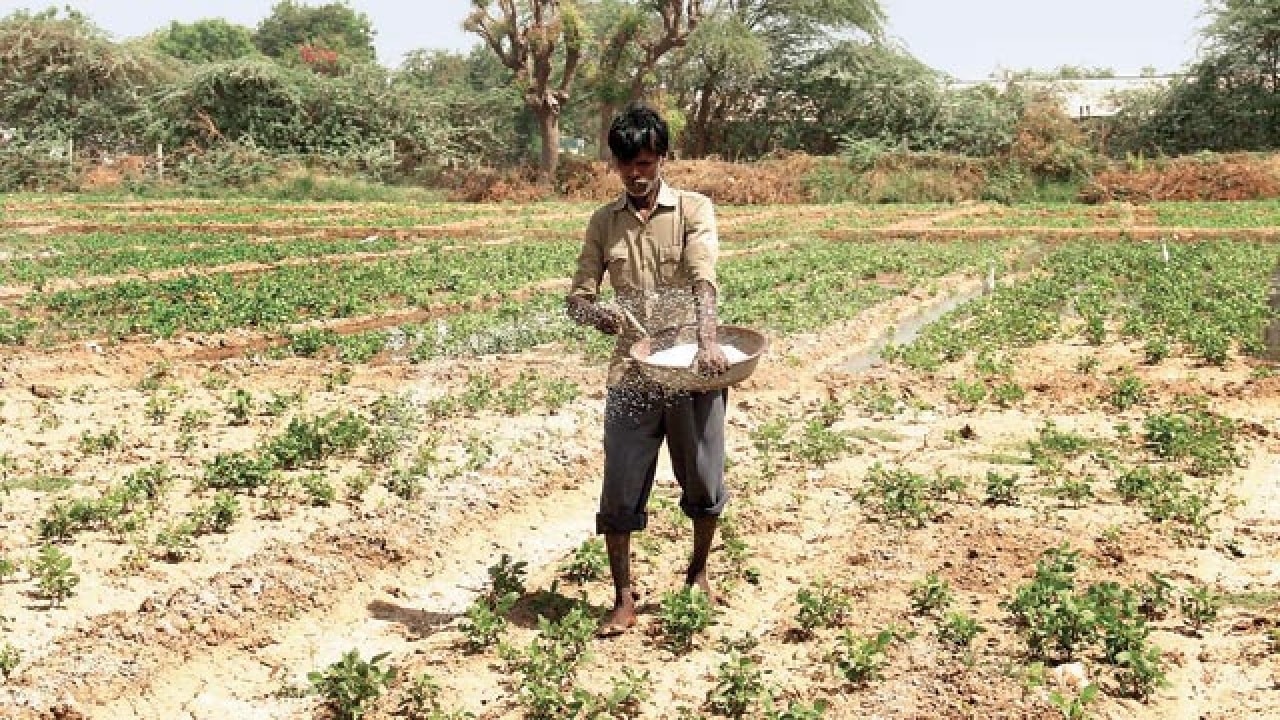
Karnataka — preceded by UP, Punjab and Maharashtra — is the fourth state to have waived off loans taken by farmers. However, this is not going to be the end of the matter. You are likely to see farmers from the remaining states agitating for similar demands — after all, why would they continue paying off their debts when others aren’t? In these new cases, we are not talking about a waiver of interest, but of the entire loan amount. While those farmers, who have borrowed from the formal banking sector, are busy preparing to borrow more for the next season of sowing, the ones who have borrowed from moneylenders — at an interest rate between 4 per cent and 10 per cent per month — won’t enjoy any relief. It is estimated that over 50 per cent of small and marginal farmers have pending debts with local moneylenders. So, as such, the loan waiver is doing nothing but buying time till the next time farmers protest, or next time there are elections. There are fundamental structural problems with the agricultural sector, and unless those are fixed, there will be more farmer suicides, more agitations, more waivers, all of which will lead to nowhere.
As per the agricultural census (2010-11), almost 85 per cent of India’s farms are less than 2 hectares, and 67 per cent of all farms in India are under a hectare. The average land holding, across all farm sizes, is 1.16 hectares.
This figure was 2.82 hectare in 1970-71. According to the State of Indian Agriculture report for the year 2015-16, in the decade that followed at the turn of the millennium, marginal farm holdings went up from 75 million to a shade over a 100 million. As medium and large holdings decreased, it possibly became the starting point of the agrarian crisis. The size of farms is too small to sustain the farmer and his family. And, it is likely that if the problem is not addressed, the size of farms will get even smaller.
Most of Europe avoided the fate of India, because of a very strict feudal law — that of following primogeniture, a system of inheritance by the firstborn (usually the first born son). All other offsprings found other things to do; some moved to the city, some learnt a trade, and others migrated. While it was a harsh rule, the ownership of the land, in its entirety, passed on from one generation to the other, allowing productivity to rise.
In India, we have rarely believed in keeping land holdings intact. Historically, kingdoms, farms, property, and even businesses have split, to keep everyone in the family happy. While one is not arguing in favour of importing the system of primogeniture, there must be a way of preventing farm sizes from getting any smaller, while allowing the consolidation of farms into larger units. Unless this is done, no other reform is going to work. Farm sizes have to be increased to improve not just efficiency and productivity, but to give the farmer more than the bare minimum to survive. As per the Situation Assessment Survey (SAS) 2014, of agricultural households, a farm needs to be at least one hectare for there to be basic operating profit. This operating profit is only possible because the farmer’s labour cost is not accounted for. If you add the farmer (and his family’s) labour cost, there will be no profit.
India pays lip service to its farmers, while allowing a system that beggars the tiller to perpetuate. For an enduring solution, the Government must bite the bullet and bring in land reforms, sooner rather than later. Otherwise, agriculture in India will be stuck in this cycle of farmer distress, farmer suicide, farmer protests, and loan waivers.
The author works at the intersection of digital content, technology, and audiences